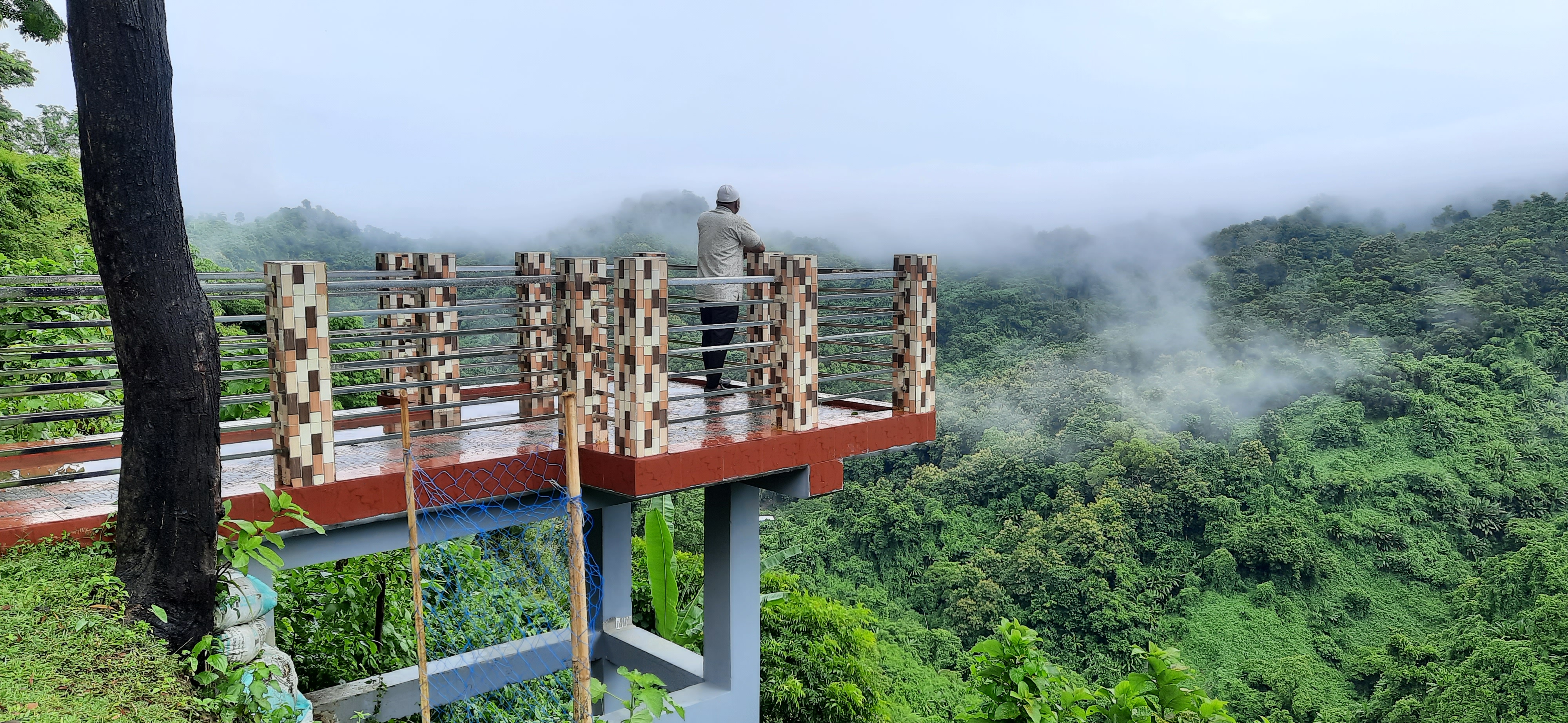-
About Upazila
Introduce to Upazila
History & Tradition
Geography & Economic
-
Upazila Parishad
Current Parishad
Activities
-
About Upazila Administration
Upazila Nirbahi Officer
About Organogram
Schedule & and Meeting
- Lama Municipality
-
Government office
Law and order is a matter of security
Education and culture
Agriculture, fisheries, animal and food matters
Health and environmental issues
Engineering and information and communication technology
Human resource development issues
ভূমি ও রাজস্ব বিষয়ক
-
Different Institutions
Educational Institutions
Religious Institutions
- e-Services
- Gallery
- Communication
- UGDP
- Logic Project
-
About Upazila
Introduce to Upazila
History & Tradition
Geography & Economic
-
Upazila Parishad
Current Parishad
Activities
-
About Upazila Administration
Upazila Nirbahi Officer
About Organogram
Schedule & and Meeting
-
Lama Municipality
লামা পৌরসভা
-
Government office
Law and order is a matter of security
Education and culture
Agriculture, fisheries, animal and food matters
Health and environmental issues
Engineering and information and communication technology
Human resource development issues
ভূমি ও রাজস্ব বিষয়ক
-
Different Institutions
Educational Institutions
Religious Institutions
- e-Services
-
Gallery
Photo Gallery
Video Gallery
Covid-19 reg
-
Communication
Communication Lama Upazila
-
UGDP
Activities
-
Logic Project
Local Adaptation Plan of Action
লজিক প্রকল্প (২০২৩-২৪)
There are a total of 11 ethnic ethnic groups in the Chittagong Hill Tracts. These are Marma, Chakma, Murang, Tripura, Lusai, Khumi, Bom, Kheyang, Chak, Pankho and Tongchangya. These 11 ethnic groups live only in Bandarban district. The majority of the tribal people living in Bandarban Sadar Upazila are Marmas. They originally came from Burma called Mraima and settled in the area.
The Murang (Mro) community is the second largest tribal community in Lama. They were defeated by the Khumids in the late eighteenth century from the Arakan state of Burma and settled in the southern part of the Chittagong Hill Tracts.
Tripura is the 3rd largest population in this upazila. Although their number is more in Khagrachari. The Tripuras are of Mongol descent. They are originally from the Indian state of Tripura. The population of Tangchangya in this district is about 6,000. Thongchangya society is a sub-branch of the Chakmas but they deny it and consider themselves as a separate ethnic group.
In addition, the total number of the remaining 08 tribes living in Lama is 14,369. Among them, the Lusai tribe came to the Chittagong Hill Tracts from Mizoram, India about 150 years ago and concentrated in the Sajek area of the present Rangamati district. Khumira came from the Arakan region of Myanmar in the late seventeenth century. Bombers are a united nation. They originate in the middle of the Irrawaddy and Chinduin rivers in Burma.
It is known in the history of this region that they came to this region around 1838-39. Khyangra came to this area in the first half of the eighteenth century. They lived in the Umatang region of Arakan. The servants come to this region from Arakan. They are native to the Chinese province of Yunnan.
The Pankhoras come to this region from the Lusai Hills and Mizoram in India. History says that most of the tribes in the Chittagong Hill Tracts came from the neighboring states of Burma, China, Mizoram and Tripura in India. That is why the tribes of this region are similar to the tribes or tribals of the neighboring states. Historical evidence suggests that the hill tribes have been inhabited by non-tribal people since time immemorial, although their steadfast footsteps during the reign of the Mughal subedar Shaista Khan (16) are noticeable. Until 160 AD, the Chittagong Hill Tracts were under the Mughal emperor. At that time the whole area including Chittagong and Chittagong Hill Tracts was called Islamabad. According to the description of a Portuguese merchant who visited Bangladesh in 1518, the existence of Bengali speakers in the Chittagong Hill Tracts is found. At present the district has 47% tribal population and 53% non-tribal population.
The partition of India was completed in 1947 with the end of British colonial rule and the Chittagong Hill Tracts became part of Pakistan. Although the constitutions of 1956 and 1962 kept the status of the special area of the Chittagong Hill Tracts intact, the status of that special area was abolished by amending the constitution in 1973. Local government councils were formed in 1989 in three hill districts. The Hill Tracts Peace Accord was signed on December 2, 1997, following a meeting with tribal leaders by the National Committee formed in 1996. The ethnic people living in this district have different languages and cultures. Many of their customs, culture, social life and glorious cultural heritage have enriched and diversified the culture and heritage of Bangladesh.
Planning and Implementation: Cabinet Division, A2I, BCC, DoICT and BASIS










